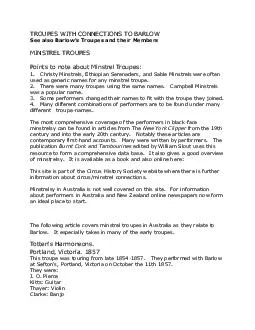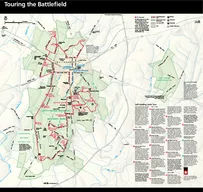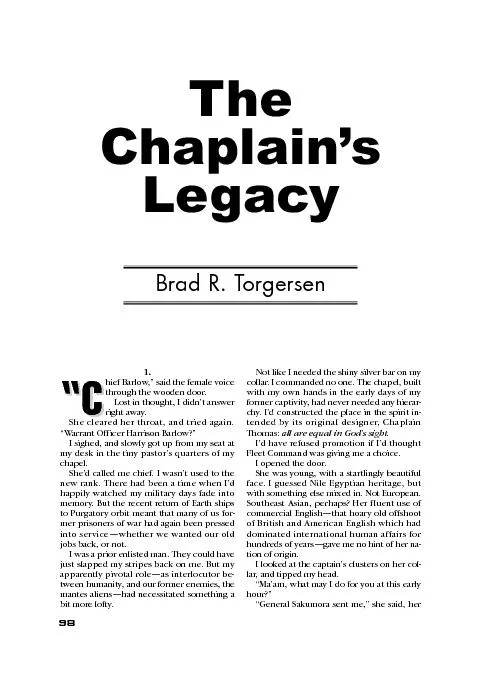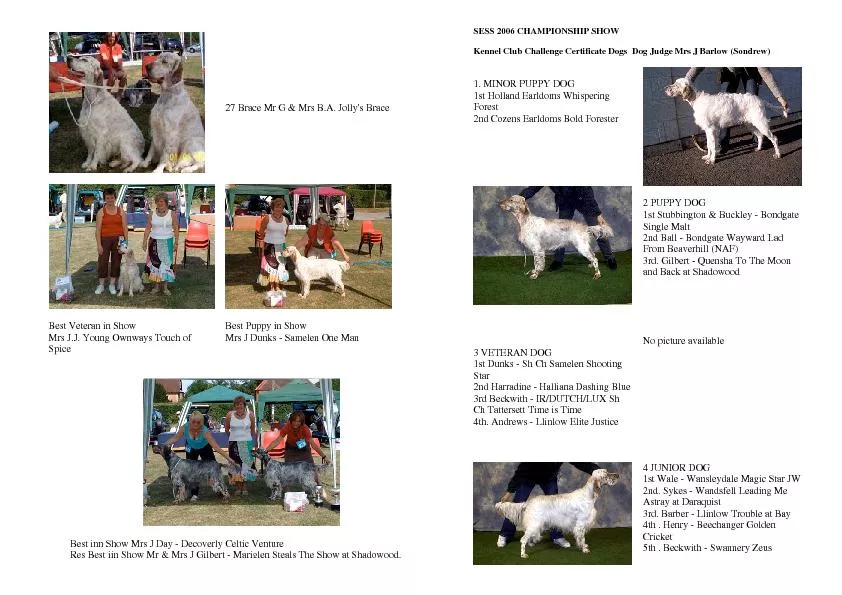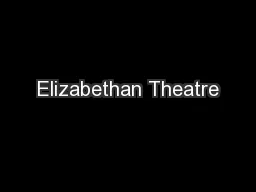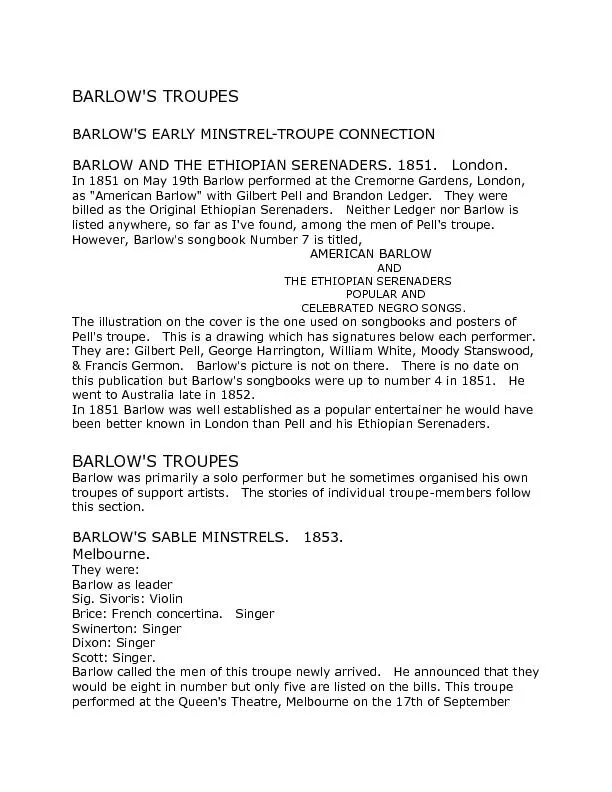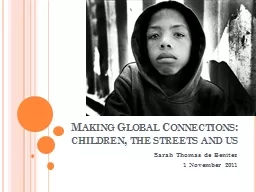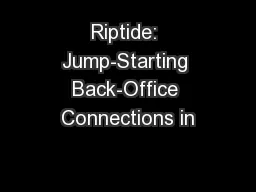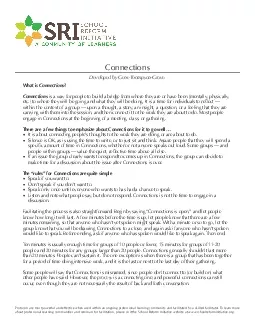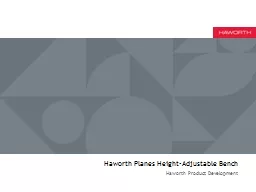PDF-TROUPES WITH CONNECTIONS TO BARLOW
Author : celsa-spraggs | Published Date : 2016-06-27
See also Barlows Troupes and their Members MINSTREL TROUPES Points to note about Minstrel Troupes 1 Christy Minstrels Ethiopian Serenaders and Sable Minstrels were
Presentation Embed Code
Download Presentation
Download Presentation The PPT/PDF document "TROUPES WITH CONNECTIONS TO BARLOW" is the property of its rightful owner. Permission is granted to download and print the materials on this website for personal, non-commercial use only, and to display it on your personal computer provided you do not modify the materials and that you retain all copyright notices contained in the materials. By downloading content from our website, you accept the terms of this agreement.
TROUPES WITH CONNECTIONS TO BARLOW: Transcript
Download Rules Of Document
"TROUPES WITH CONNECTIONS TO BARLOW"The content belongs to its owner. You may download and print it for personal use, without modification, and keep all copyright notices. By downloading, you agree to these terms.
Related Documents

